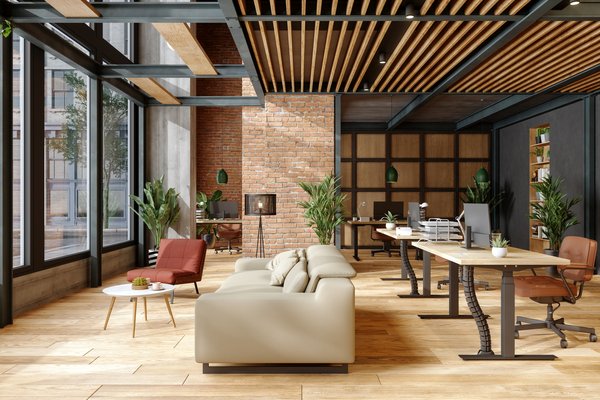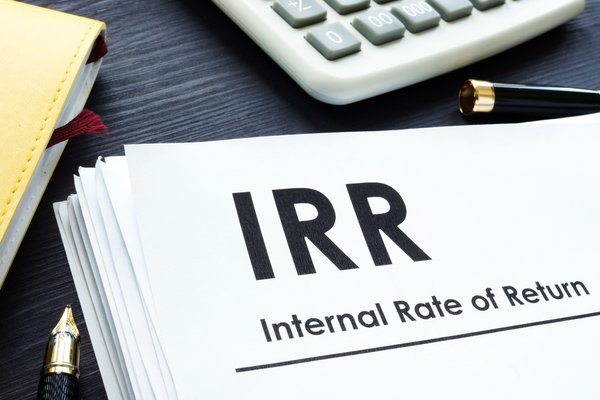Touted as the silver bullet for affordable housing by some -- and the death of family-oriented communities by NIMBYs ("not in my backyard") -- upzoning is a heated housing topic. Many cities across the U.S. are struggling with the implementation of upzoning and how to effectively expand housing supply, particularly in unaffordable and low-supply markets.
Upzoning refers to the process of increasing the zoning density in a particular municipality or neighborhood. Typically, this involves increasing (up) zoning on single residential lots to allow for multifamily units such as duplexes and triplexes. According to the University of California, Berkeley's, Urban Displacement Project, "While upzoning may change market dynamics in some neighborhoods, in others, the existing stock or costs of construction may mean upzoning will do little to make new housing developments financially viable."
What is clear is that jurisdictions across the U.S. are tackling upzoning differently, and it has significant implications for developers and real estate investors.

Upzoning: Pros and cons
Proponents of upzoning argue that it allows for urban regeneration and increases housing supply, which improves affordability and mobility for homeowners and renters. By increasing zoning allowances, the cost per unit decreases and supply increases, therefore putting downward pressure on rents.
By putting more units in one area, cities are also increasing their tax revenue. According to the World Bank, a 358-acre mixed-use area in Washington, D.C., called NoMa was upzoned in 2006, and by 2012 the area was generating an additional $49 million in revenue for the city annually.
On the other side of the debate are those who claim upzoning is a boon only for investors and developers, leaving affordable housing in the lurch. In an often-cited study in Urban Affairs Review, Yonah Freemark of Massachusetts Institute of Technology (MIT) concluded in 2019 that Chicago upzoning efforts served only to increase prices of existing housing units and found "no impacts of the reforms … on the number of newly permitted dwellings over five years."
Similarly, opponents to upzoning cite environmental concerns of increased density on carbon footprints and threatening important green space in urban settings.
Upzoning in action
Minneapolis
In 2019, the city of Minneapolis voted in favor of rezoning single-family home neighborhoods to allow for small multifamily development. As part of this plan, Minneapolis adopted an Interim inclusionary zoning ordinance, which allows for applications to increase a property's development capacity by 60% or more.
According to the city's plan: "This means allowing more housing options, especially in areas that lack choice and areas with access to frequent and fast transit, employment, and goods and services."
Oregon
In 2019, the Oregon Legislative Assembly passed HB 2001, which, according to the bill, "Requires cities with population greater than 10,000 and counties with population greater than 15,000 to allow middle housing in lands zoned for single-family dwellings within urban growth boundary."
In short, this bill bans single-family zoning. The law allows for duplex development on single-family lots in cities with 10,000 or more residents. Further, in cities with 25,000 or more residents, single-family lots are now zoned to accommodate duplexes, triplexes, and fourplexes.
What upzoning means for investors
In most cities, single-family zoning makes up the vast majority of the urban land. Consider in cities like Charlotte, North Carolina, Portland, Oregon, or San Jose, California, where single-family zoning makes up well over 70% of all land. In practice this means multifamily development -- even small scale -- is effectively banned.
Upzoning will help change this, bringing a wealth of development opportunities. These include accessory dwelling units (ADUs), duplexes, triplexes, carriage houses, and the list goes on.
That said, with an increase in supply comes downward pressure on property values and rents. Further, lot sizes will continue to restrain larger-scale multifamily development, leading to much of the new supply being "missing middle" -- duplexes, triplexes, and fourplexes.
What is clear from the research is that the benefit of upzoning is in the execution and local political will to productively increase housing supply. Both sides of the debate have examples of successful and poor execution of the upzoning model. Investors need to build their local knowledge of upzoning initiatives to better understand the opportunities available to them.





























